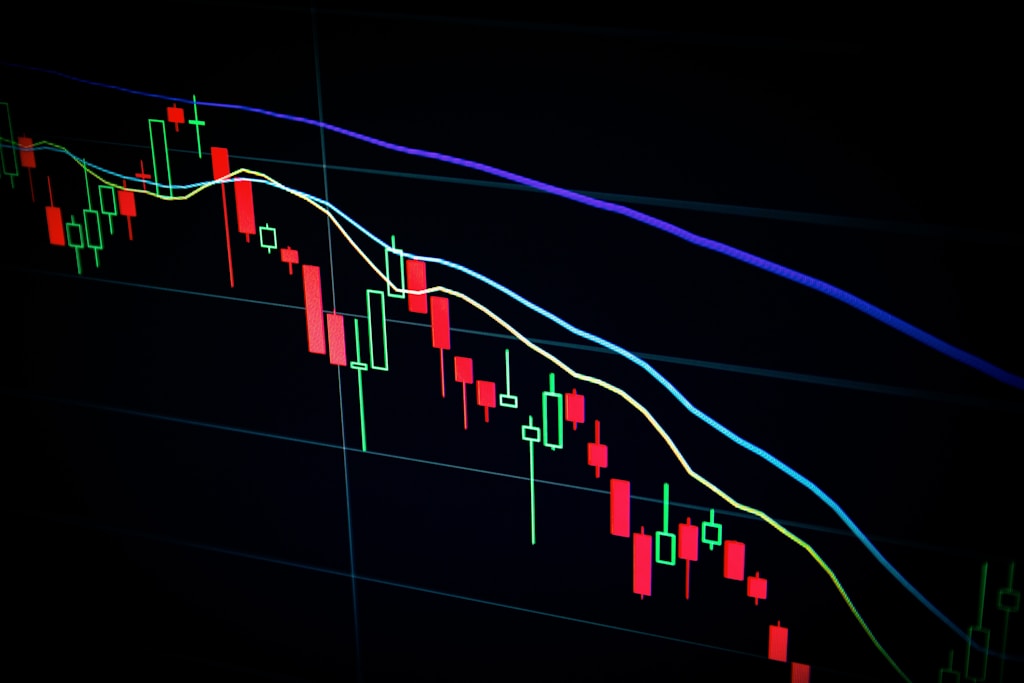Bitcoin (BTC) could be on track for an explosive rally to $300,000, according to prominent market analyst Gert Van Lagen’s latest technical analysis. This bold prediction comes as Bitcoin recently achieved a new all-time high of $111,970, demonstrating continued bullish momentum in the current market cycle.
Cup-and-Handle Formation Suggests Massive Upside Potential
Van Lagen’s analysis centers on a clear cup-and-handle pattern that has formed in Bitcoin’s price action since the 2021 cycle peak. This technical formation, widely recognized as a bullish continuation pattern, typically signals significant upward price movement following completion.
The pattern consists of two key components:
- The ‘cup’: A U-shaped price trajectory formed between late 2021 and early 2024
- The ‘handle’: A consolidation period showing a slight downward drift from early to Q3 2024
Technical Analysis Breakdown
Based on Van Lagen’s calculations, Bitcoin faces two potential price targets:
- Linear projection: $120,000-$130,000 (short-term target)
- Exponential projection: $300,000 (long-term target)
Historical precedent supports these ambitious targets. Bitcoin has previously demonstrated similar exponential growth patterns:
- 2013-2017: 100x price increase
- 2018-2021: 21x price increase
Institutional Support Strengthens Bullish Case
The bullish outlook gains additional credibility from unprecedented institutional involvement, particularly following the successful launch of spot Bitcoin ETFs. With Bitcoin’s market cap now exceeding $2 trillion, the asset has matured significantly, though this may impact the frequency of parabolic price movements.
Current Market Conditions
Bitcoin currently trades at $107,794, showing resilience despite recent market turbulence caused by geopolitical factors, including potential EU tariffs proposed by former President Trump. The cryptocurrency has maintained a robust 16.25% monthly gain, indicating strong underlying momentum.
Frequently Asked Questions
What is a cup-and-handle pattern?
A cup-and-handle is a technical chart pattern resembling a cup with a handle, typically indicating a bullish continuation pattern in financial markets.
How reliable are cup-and-handle patterns?
While no technical pattern is 100% reliable, cup-and-handle formations are considered among the more reliable patterns, especially in established uptrends.
What could prevent Bitcoin from reaching $300,000?
Potential obstacles include regulatory changes, macroeconomic headwinds, or significant market volatility that could disrupt the pattern’s formation.





